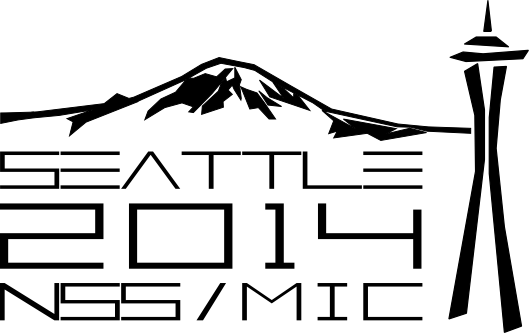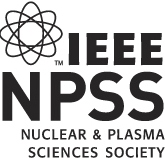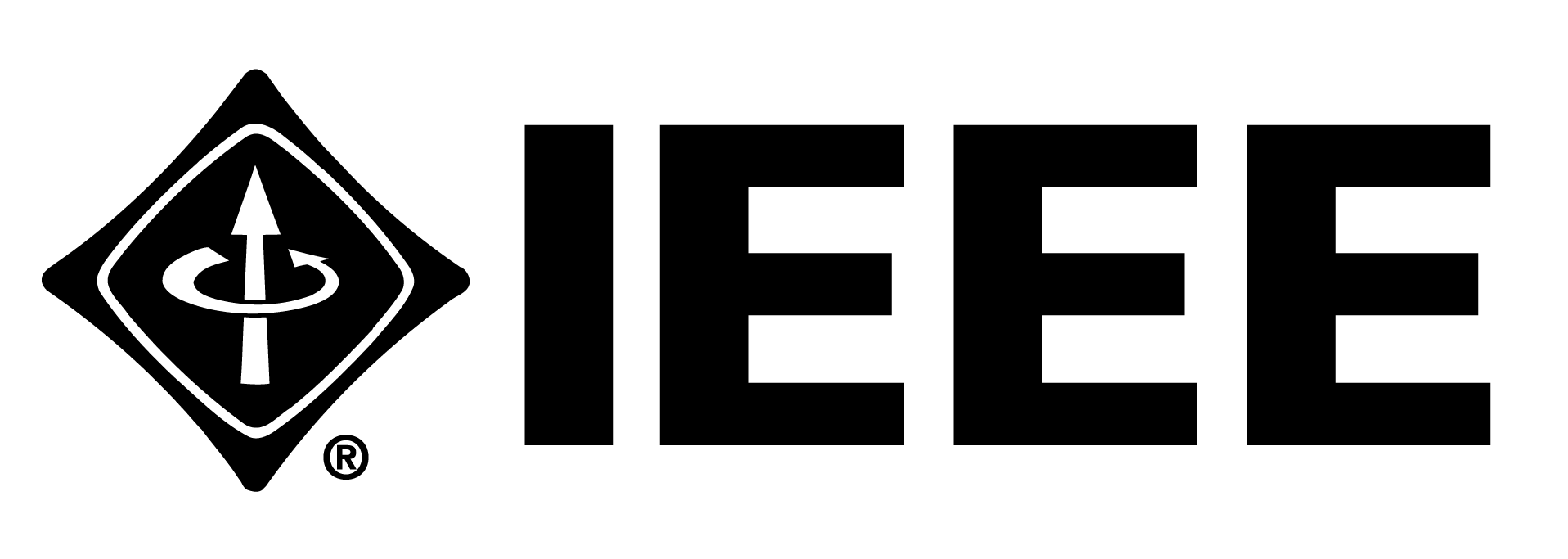Organizer: Lars Furenlid, University of Arizona, USA
Course Description
Multimodality imaging systems are used increasingly in clinical medicine in an attempt to get better diagnostic
or scientific information by acquiring images depicting different aspects of the object, such as physiological and
functional characteristics. A newly emerging methodology with similar goals is adaptive imaging in which an initial
image of a particular subject is acquired and then used to modify the data-acquisition hardware or protocol for
obtaining a second image from the same or a different modality. In this case the imaging process is necessarily
nonlinear because the characteristics of the second system depend on the object being imaged.
Because the goal of both adaptive and multimodality imaging is to obtain better information about a patient,
the proper measure of image quality assesses how well this information can be extracted from the whole set of
image data by a relevant observer. This approach, known as objective or task-based assessment of image quality,
is well developed for single modalities and for linear, object-independent systems, but little has been done on
applying it to adaptive and multimodality systems.
This course will review the basic principles of task-based assessment of image quality and discuss how they
can be applied to adaptive and multimodality systems. It will cover the basic theory, hardware implementations,
computational requirements and clinical applications.
Course Outline
- Overview of multimodality imaging systems
- Introduction to adaptive imaging
- Principles of task-based assessment of image quality
- Image quality and dose considerations
- Task-based analysis of adaptive and multimodality systems
- Comparisons between hardware designs
- Data-analysis methods and computational requirements
- Applications
Instructors
Lars Furenlid was educated at the University of Arizona and the Georgia Institute of Technology.
He is currently a Professor at the University of Arizona and associate director of the Center for Gamma-ray Imaging,
with appointments in the Department of Radiology, the College of Optical Sciences, the Graduate Interdisciplinary
Degree Program in Biomedical Engineering, and the Arizona Cancer Center. He was a staff scientist at the National
Synchrotron Light Source at Brookhaven National Laboratory. His major research area is the development and application
of detectors, electronics, and systems for biomedical imaging. He was awarded the 2013 IEEE Radiation Instrumentation
Outstanding Achievement Award.
Matthew A. Kupinski is a Professor at The University of Arizona with appointments in the
College of Optical Sciences, the Department of Medical Imaging, and the program in Applied Mathematics. He performs
theoretical research in the field of image science. His recent research emphasis is on quantifying the quality of
multimodality and adaptive medical imaging systems using objective, task-based measures of image quality.
He has a BS in physics from Trinity University in San Antonio, Texas, and received his PhD in 2000 from the
University of Chicago. He is the recipient of the 2007 Mark Tetalman Award given out by the Society of Nuclear
Medicine and is a member of the OSA and SPIE. Contact him at College of Optical Sciences, The University of Arizona,
1630 E. University Blvd., Tucson, Arizona 85721; mkupinski@optics.arizona.edu
Harrison Barrett Dr. Barrett received a bachelor's degree in physics from Virginia
Polytechnic Institute in 1960, a master's degree in physics from MIT in 1962, and a Ph.D. in applied physics
from Harvard in 1969. He worked for the Raytheon Research Division until 1974, when he came to the University of Arizona.
He is a Regents Professor in the College of Optical Sciences and the Department of Medical Imaging in the College of Medicine,
and he has appointments in Applied Mathematics, Biomedical Engineering and the Arizona Cancer Center. He is a
fellow of the Optical Society of America, the Institute of Electrical and Electronic Engineers, the American
Physical Society and the American Institute of Medical and Biological Engineering.
Dr. Barrett has obtained 25 U. S. patents and written over 200 technical papers, and 60 students have received
Ph. D. degrees under his direction. In collaboration with Kyle J. Myers, he has written a book entitled Foundations
of Image Science, which in 2006 was awarded the First Biennial J. W. Goodman Book Writing Award from OSA and SPIE.
His other awards include a Humboldt Prize, the 2000 IEEE Medical Imaging Scientist Award, an E. T. S. Walton Award
from Science Foundation Ireland, the 2005 C. E. K. Mees Medal from the Optical Society of America and an honorary
doctorate from the University of Ghent in Belgium. He was the 2011 recipient of the IEEE Medal for Innovations in
Healthcare Technology and also the 2011 recipient of the SPIE Gold Medal of the Society. In 2014 he was elected
to the National Academy of Engineering, and he received the Paul C. Aebersold Award of the Society of Nuclear Medicine
and Molecular Imaging.



